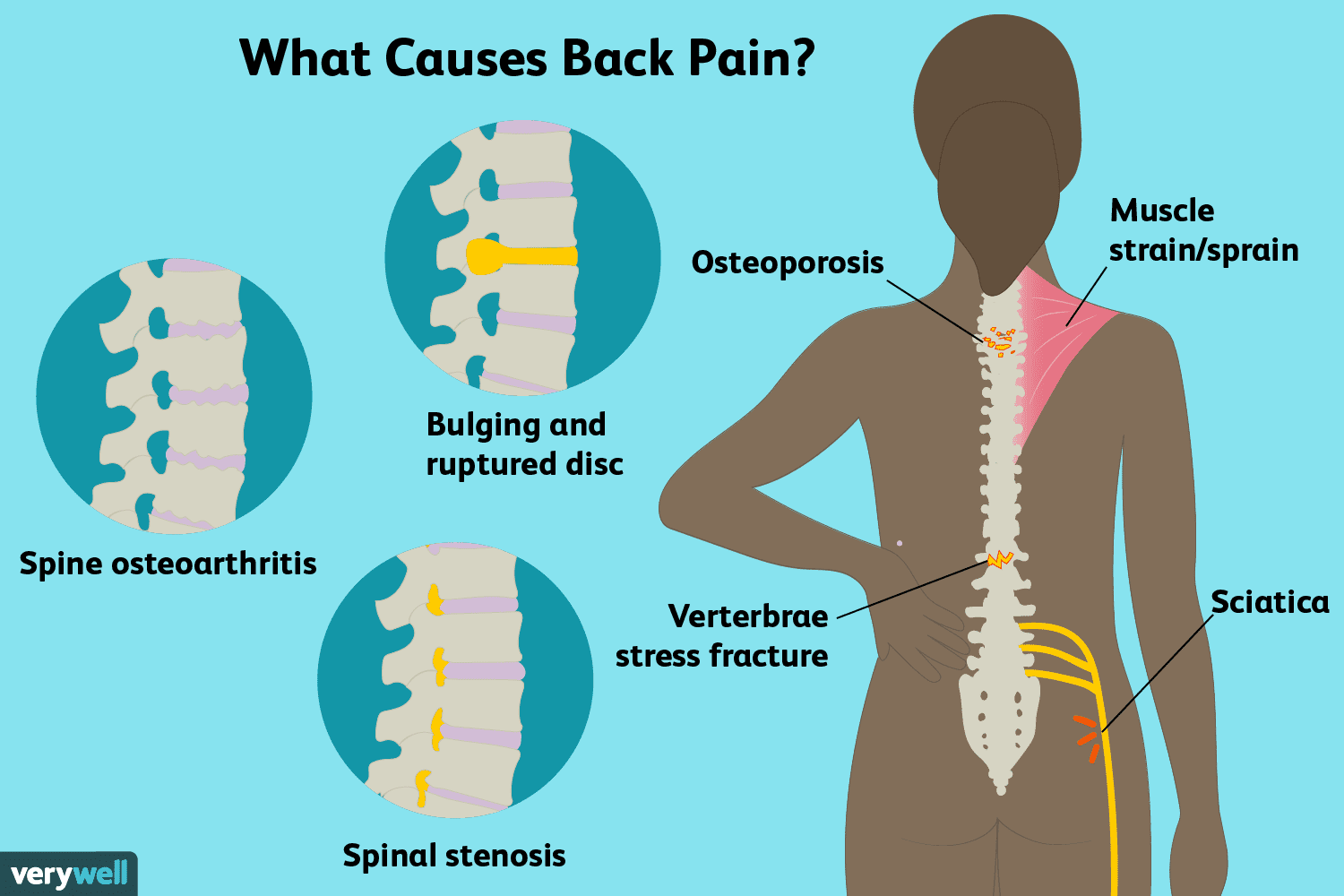Grade 1 – Mild in nature with no loss in strength or movement. Recovery is often swift with no or minimal intervention needed.
Grade 2 – A moderate tearing of muscle fibres, consisting of approximately 30%-50%. Visible swelling and a decrease in muscle strength will be apparent.
Grade 3 – The most severe out of the grading system which represents a complete rupture of muscle fibres. It is a full separation meaning the muscle belly is torn from the tendon(Anchors muscle to bone). Severe swelling can be seen with a complete loss of movement from the local muscles.
What can I do about my low back muscle strain?
The best remedy is rest with minor movements such as gently pushing your low back through ranges of motion. Alternating heat and cold packs at 20 minute intervals is a great way to facilitate local healing. These concepts may work well for grades 1 and 2; a grade 3 tear will require a visit to your local doctor.
Disc Herniation
Discs often don’t shift directly backwards, rather in combination to the left or right. This is due to the ligament behind the disc being too strong to move. A common trait observed with acute patients that have disc herniations are as they bend their top half down to the front and then stand up straight; they experience sharp pain in the low back on the way back up. Pain and stiffness are often associated to mornings when the disc is at its most hydrated state. If the nerve root is contacted by the disc, neurological symptoms(Numbness, tingling, burning, shooting pain, weakness of the same leg) may occur following the nerve level affected eg. L5/S1 causes shooting pain down the back of the leg. True lumbar neurological pain sends sensations past the knee.
How do I manage my disc herniation?
The disc is shifting backwards and needs to return forward into its original positioning. Arching the low back backwards can help match up the disc with the surrounding bones. Additionally, traction of the low spine can cause a resetting effect. These are achieved through an exercise called “McKenzie method” developed in the late 1950s. Depending on which direction the disc is shifting towards; you can deviate the technique to the left or right.
Piriformis Syndrome
The piriformis is located in your buttocks on both sides. When this muscle is under stress, a referral pain can be felt on the low back. A great way to check if your piriformis has an association to your low back pain is to march on the spot with your eyes closed for 3 seconds, lifting the knees up high; and landing your feet as natural as possible. Notice if the foot on the side of your low back pain flares outwards, if so it is a positive test. In some instances, the piriformis muscle can entrap the sciatic nerve when it is tightened, resulting in neurological symptoms going down the back of the leg.
How do i release the piriformis muscle?
The piriformis attaches from the sacrum(Just above the tailbone) to the greater trochanter(Boniest point at the edge of your hip). Laying face up flat with the leg of the side of your low back pain crossed on top of the good side’s knee and pulling your good leg towards your chest can help lengthen the affect muscle. Alternatively, you can lift the knee of the low back pain towards your opposite shoulder while lying face up i.e. Left knee to right shoulder or right knee to left shoulder.
Sacroiliac Joint Dysfunction
The sacroiliac joint is a large joint located on both sides of the pelvis. This structure has limited movement, limited to an average of 1-3 degrees of tilting. It can create specific signs and symptoms such as a false short/long leg, pain upon sit to standing, long periods of standing/sitting associated low back pain, pain bending the trunk backwards and worsening pain as the day progresses.
How do I manage my sacroiliac joint dysfunction?
For the general public, a stationary lifestyle leads to stiffness and restrictions in the local ligaments. Performing dynamic leg swings can help unhinge the joint and increase ligamentous elasticity. Focus and try to isolate only moving one side of the hip at a time.
Organ Referral Pain
Organ pain can often be mistaken for a problem in the muscles, joints, nerves or sinews. Pain patterns which cannot be reproduced by movement is considered a red flag(The case needs to be escalated). At this point, the patient will be referred to their local GP or for imaging. The kidneys are directly under the low back and can cause intermittent unpredictable sharp low back pain. Any gastrointestinal structures inside your abdomen can project a consistent sharp or dull ache to the low back if it is inflamed.

